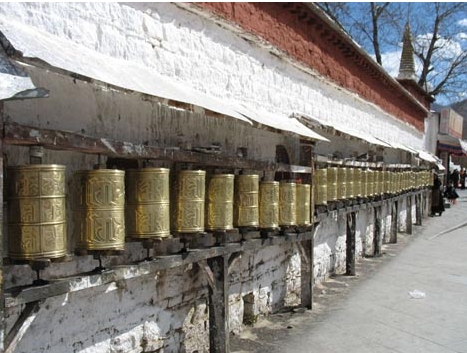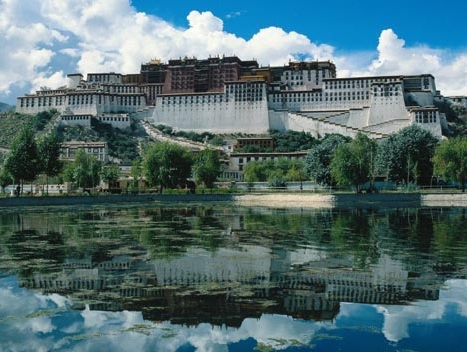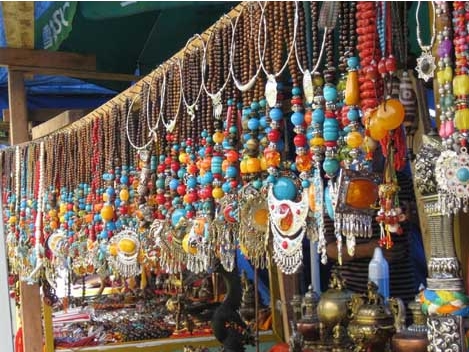


On the snowy Tibet plateau, traditional elements have been mingled with modern life -- youths dressed in the latest fashion dancing "Guozhuang," office-ladies playing conventional Tibetan music while driving to work and Tibetan girls wearing superb folk costume displaying their nice figures.
"I used to go shopping or bar-hopping with my friends after work. But now I don't think it is advisable to continue following that living style," said Pasang, a young Tibetan girl who practices Yoga everyday at a fitness club in the eastern suburbs of Lhasa city.
Today, the conception to live in a healthy way has become more popular in Tibet's general public.
When the night falls, crowds of aged citizens dancing "Guozhuang," a traditional Tibetan group dance, to vigorous folk music can be seen in many residential communities. Among them, Pasang's mother Tseden Wangmo, 63, is undoubtedly one of the enthusiasts in such an outdoor team activity: "I like dancing Guozhuang very much, for it can make my body strong, bring me good mood and carry forward Tibetan ethnic culture as well."
Different from their elder generations, a swarm of teenagers playing skateboard or roller-skating shuttle among groups of strollers on the squares in front of the Potala Palace and Norbulingka, the Dalai Lama's permanent residence.
The stylish dress, colored hairs, an earring on a single ear or an obscure tattoo -- all these signals have highlighted Tibet's younger generation's personality and their view on fashion.
Lhakpa Tashi, 16, will become a high-school student in the second half year. This adolescent is a typical fan at various kinds of modern novelties, such as surfing the net, online shopping and foreign Rap music.
The modern transport means has facilitated people's travel today. More and more villagers dwelling in remote areas have chosen to go out for a trip by railway or plane. For Namlha, 62, and some other ten senior people, the trip to Qinghai and Gansu provinces by train was really a pleasure.
As private cars become affordable to more common families, driving has not been exclusive to Tibetan youths. In Tibet's urban streets, a grey-haired man or woman driving a sedan or a landrover is not a new thing any more.
Even so, most senior citizens still prefer hiking. Some of them insist on walking to the Potala Palace or the Jokhang Temple everyday, turning prayer wheels on their way of pilgrimage.
Yet, in the Tibet's Stock Exchange near the Potala Palace, you can often see some aged people visit there to learn market performance. Stepping with a smile out of the Exchange, they may continue their worship rolling or go into nearby teahouses to enjoy sweet butter tea.
For a young Tibetan photographer, what he uses at daily work is the most advanced equipment. However, in terms of his little son's inability to fall asleep but to cry for two or three nights, he has chosen to take his boy to worship the Buddha statue of Hayagriva in the Sera Monastery, because in Tibet's general public it is believed that little children may have a good sleep at night this way.





